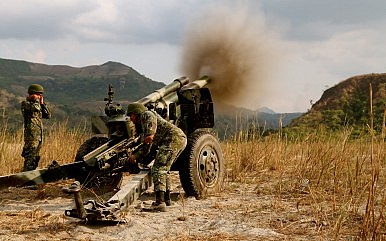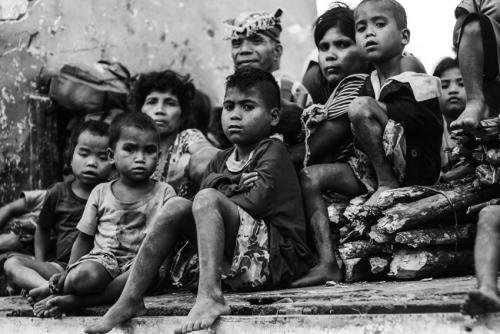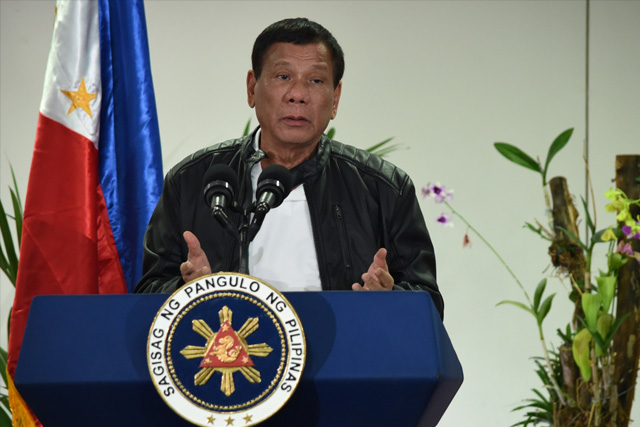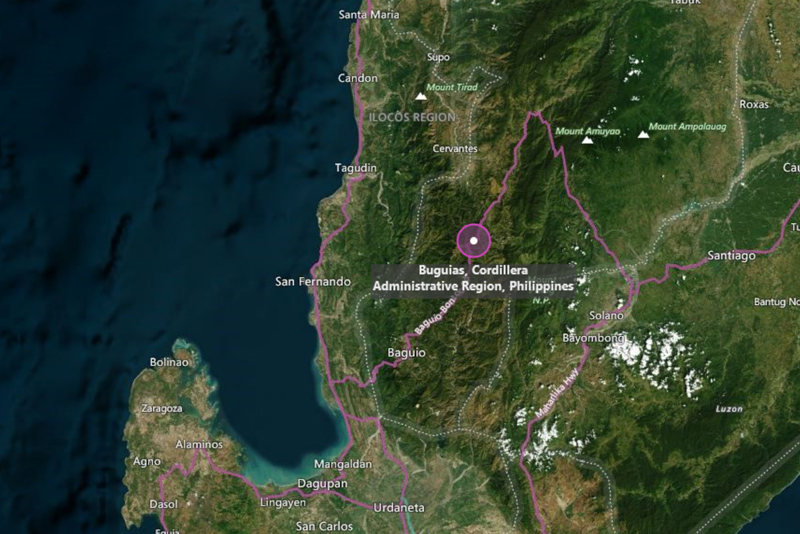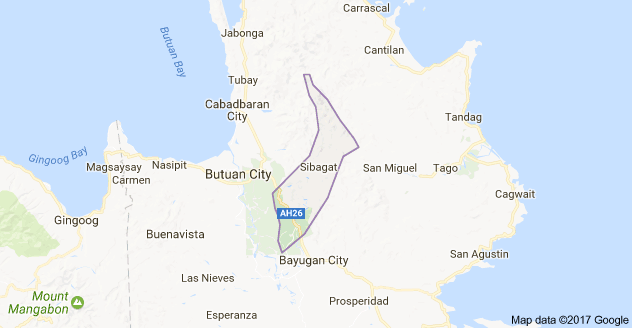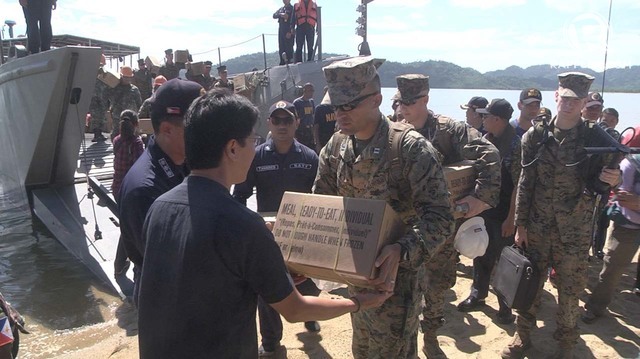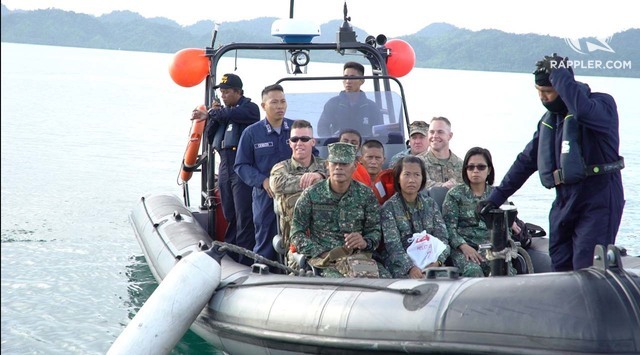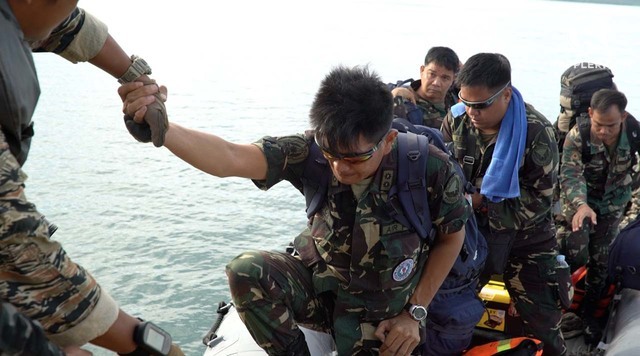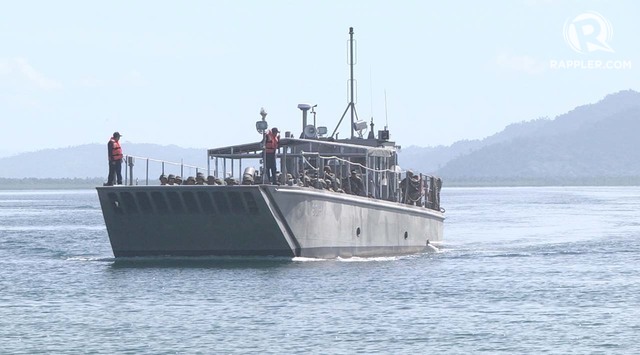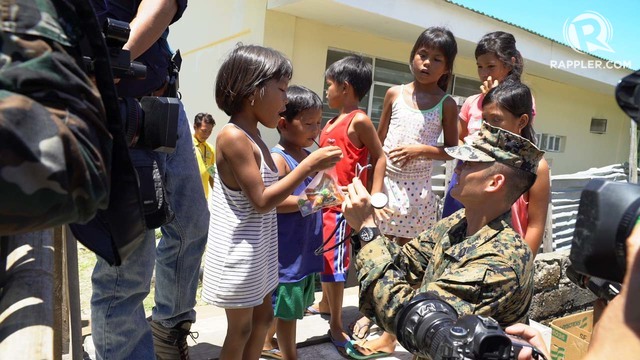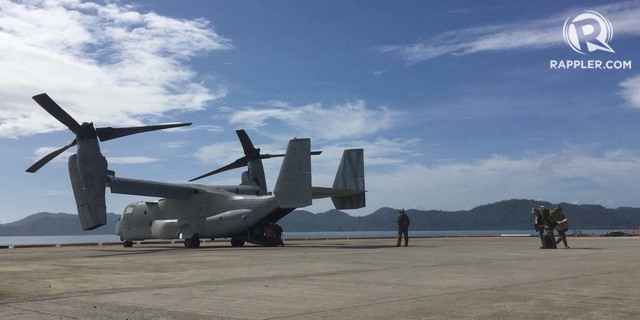
The decision to hold Civil-Military Activities from the Sea (CMA-S) off Casiguran town, Aurora has nothing to do with the country’s decision to highlight its jurisdiction of the resource-rich Benham Rise.
Assets used by Philippine and US troops in Monday’s CMA-S activities off Barangay Dibacong, Casiguran town include the brand-new strategic sealift vessel, the BRP Tarlac (LD-601), AgustaWestland AW-109 “Power” combat utility helicopters, landing craft utilities, and rigid-hull inflatable boat for the Filipino side and the USNS Sacagawea (T-AKE-2), a Lewis-and-Clark class dry cargo ship, the Bell Boeing V-22 “Osprey” tilt-rotor aircraft, Sikorsky UH-60 “Blackhawk”, and Boeing C-47 “Chinook” helicopters.
These assets were used to bring relief goods, aid, medical and dental care and other necessaries which are instrumental in stabilizing the typhoon devastated community of Dibacong, Sayson pointed out.
This was stressed by “Balikatan” Philippine spokesperson Major Frank Sayson Monday during the sidelights of the CMA-S activities which was held off Barangay Dibacong which was hypothetically devastated and isolated from help by a “Category 5” typhoon.
The latter event is one of the key features of the 33rd iteration of the “Balikatan” exercises which started May 8 and will end on the 19th.
This year’s maneuvers are heavy on humanitarian assistance and disaster relief missions as per the request of the Philippine government.
Sayson said the area was selected by planners for the CMA-S exercises as it is one of the most easily isolated areas in the country in the event of major calamity as roads leading to it are cut down the mountains and could be easily blocked by debris, making it the ideal location for the exercise.
He said that aid and resupply to Dibacong could only be done through air and sea hence Monday’s exercises centered on using naval and air assets of American and Filipino to relieve the hypothetically devastated area.
He also said the above-mentioned operations are seamless as they are inter-service in nature.
Prior to the exercise, Sayson said US subject matter experts briefed their Filipino counterparts on various tactics and strategies which can expedite in providing relief aid to the typhoon devastated community.
http://www.update.ph/2017/05/brp-tarlac-deploys-for-balikatan/17529




